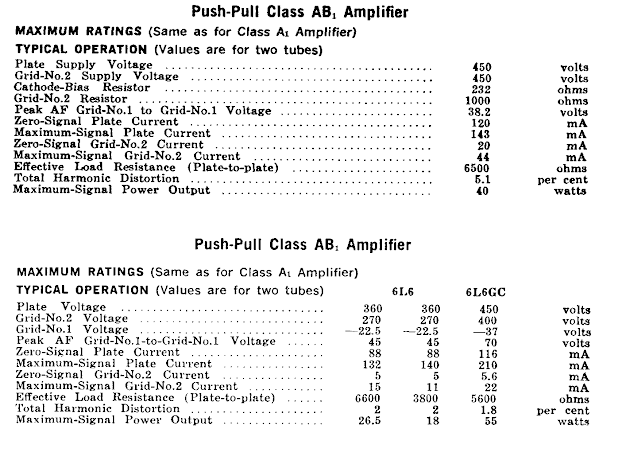Stratoblaster
Fractal Fanatic
Outdated technology. The future is here and those who refuse to embrace it will go the way of the horse and buggy. The boutique tube amp guys are hurting. I've heard anecdotes about sales figures and it isn't pretty.
Interesting quote, as I was talking with a co-worker just yesterday about how companies that make and sell very expensive tube amps are going to start to feel the pinch as guitar technology is moving toward the future, and that future doesn't involve tubes.
More and more tube amp die-hards are hearing and trying my Fractal rig and going 'wow'. You can see the light turning on and the long held beliefs being challenged. Digital/modelling (when done properly) is definitely coming of age....
Great post too about tubes having 'no sound'; I've argued this with fanatics for years and the misinformation rampant on the Internet/guitar community always irked me a bit regarding this 'voodoo'.

